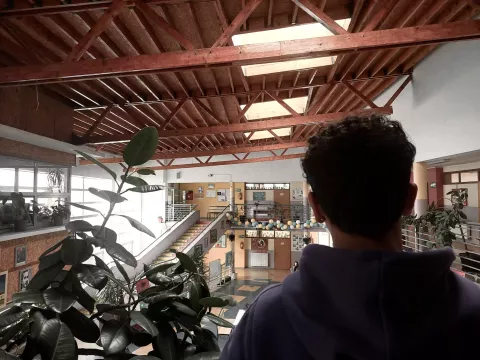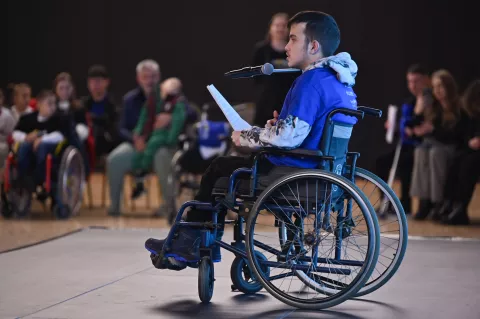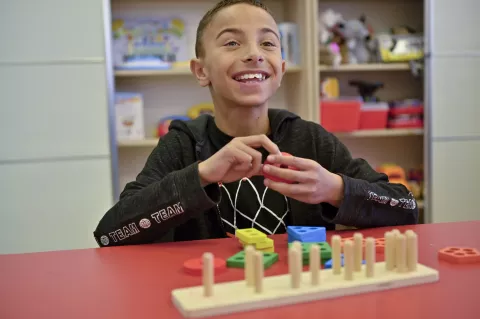Study of Children in Street Situations in Kosovo
This report provide rigorous data and evidence about the circumstances of children in street situations nationally that was absent

Highlights
The Study of Children in Street Situations in Kosovo was undertaken to provide
rigorous data and evidence about the circumstances of children in street situations
nationally that was absent. The study took a child rights approach in accordance
with the Committee on the Rights of the Child (CRC) General Comment
No. 21 on Children in Street Situations (2017). The study was designed and
implemented in collaboration with key stakeholders in Kosovo. An international
consultant was hired to carry out the study, supported by two local consultants
on the ground in Kosovo.
The mixed methods study was national in scope and had two primary objectives.
First, was to provide a baseline profile of children in street situations in
Kosovo in terms of what has driven them to the street, their sociodemographic
characteristics, their family situations, their educational profile, and their lives
and work on the street, as well as their physical and mental health. A second
primary objective of this study was to document the availability and utilization of
health, social, and other services, and to identify bottlenecks and opportunities
to strengthen child protection and other support services for children in street
situations. This findings from this work are critical to intervening to ensure children
in street situations and their families are connected to adequate services,
their rights are upheld, and they are provided with the support necessary for
their full integration into society.
In total, 130 children in street situations aged 6 to 17 years were identified
across 8 regions in Kosovo. The highest number of children in street situations
were found in Pristina (n=39), followed by Ferizaj (n=20), Gjakova (n=20), Peja
(n=18), Prizren (n=18), Dragash (n=5), Fushe Kosova (n=5), and Kline (n=5). At
the time of being interviewed, 46% of children were with a parent/guardian on
the street, under a quarter (23%) were with siblings, 17% were with peers, and
11% were found alone on the street. Over half (58%) of the children in street
situations identified were boys and 42% were girls. A third (33%) of children
interviewed were between the ages of 6 to 10 years, 49% were aged 10 to 14
years, and 18% were 15 to 17 years. Few children reported having siblings less
than 5 years of age on the streets (5%), and 36% reported having siblings in
street situations from 5 to 10 years of age.




